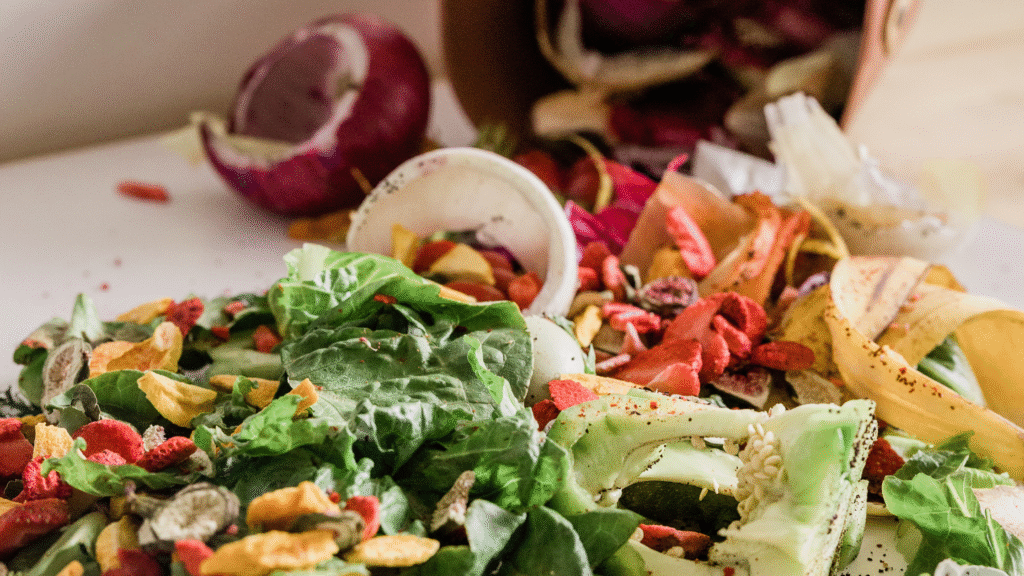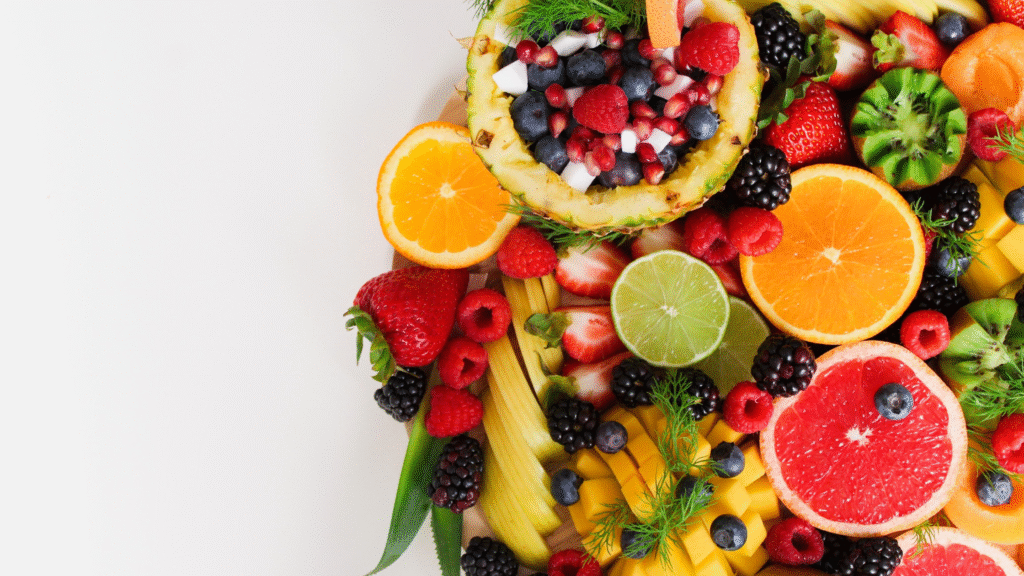Turning vegetable peels into fertilizer is one of the easiest and most sustainable ways to feed your garden. Instead of throwing away your kitchen scraps, you can repurpose them into rich, organic compost that boosts plant health, improves soil texture, and reduces waste.
This guide will walk you through the process of making fertilizer from vegetable peels, why it works, what you’ll need, and how to apply it effectively in your garden.
Why Use Vegetable Peels for Fertilizer?
- Rich in Nutrients: Peels are packed with potassium, nitrogen, phosphorus, and calcium.
- Eco-Friendly: Reduces landfill waste and methane emissions.
- Cost-Effective: Zero cost and great for home gardens.
If you’re just starting out with gardening, check out our guide on the best gardening tools to get started.
What You’ll Need
- A container or compost bin
- Vegetable peels (carrot, potato, banana, etc.)
- Dry brown materials (dry leaves, paper, sawdust)
- Water
- Optional: Blender or knife for chopping
Step-by-Step Guide to Making Fertilizer
- Collect the Peels: Gather peels from vegetables such as carrots, potatoes, bananas, cucumbers, and onions.
- Chop or Blend: Chop them into smaller pieces or blend them for faster decomposition.
- Dry Layer: Add dry material like leaves or paper to balance nitrogen and carbon.
- Layer the Mix: Alternate layers of peels and brown material in your container.
- Moisturize: Sprinkle water to keep the compost slightly moist (like a wrung-out sponge).
- Cover and Stir: Cover with a lid or fabric and stir every few days to speed up decomposition.
- Wait: Within 2-4 weeks, your fertilizer will be ready!
Watch the Process in Action
How to Use Your Homemade Fertilizer
- Mix into Soil: Incorporate it into the top 2-3 inches of garden soil.
- Apply Around Plants: Place around the base of plants as mulch.
- Use as Liquid Fertilizer: Dilute compost tea with water and use for watering.
Types of Vegetable Peels You Can Use
- Banana peels (high in potassium)
- Carrot and potato peels (rich in vitamins)
- Cucumber and zucchini skins
- Spinach stems and lettuce cores
- Onion skins (use in moderation)
Things to Avoid
- Oily or cooked vegetable scraps
- Dairy or meat waste
- Plastic or synthetic packaging remnants
- Citrus peels in excess
Too much of any one type of peel can throw off the compost balance. Keep it diverse and balanced!
Tips to Speed Up Decomposition
- Chop the scraps finely or use a blender
- Add a few earthworms (vermicomposting)
- Place in a warm, shaded location
- Turn the compost every 2-3 days
Benefits of Homemade Fertilizer
- Reduces kitchen waste and trash bills
- Boosts garden yield naturally
- Improves soil texture and microbial life
- Saves money on store-bought fertilizer
Frequently Asked Questions
1. How long does it take to make fertilizer from peels?
With the right mix of greens and browns, and regular turning, it takes 2–4 weeks.
2. Can I use fruit peels too?
Yes! Fruit peels like banana, mango, and apple are great. Avoid too much citrus.
3. Does it smell bad?
Not if it’s done properly. If you notice a foul smell, add more dry material and stir.
4. Can I use the fertilizer in potted plants?
Absolutely. Just mix lightly into the topsoil or use as compost tea.
Conclusion
Making fertilizer from vegetable peels is a rewarding way to reduce waste and improve your garden’s health naturally. With just a few simple steps, you can transform your kitchen scraps into garden gold. Remember to maintain a healthy mix, keep it moist but not soggy, and stir regularly.
Want to get even more from your gardening journey? Don’t miss our top picks for the best gardening tools to make your tasks easier and more efficient.


